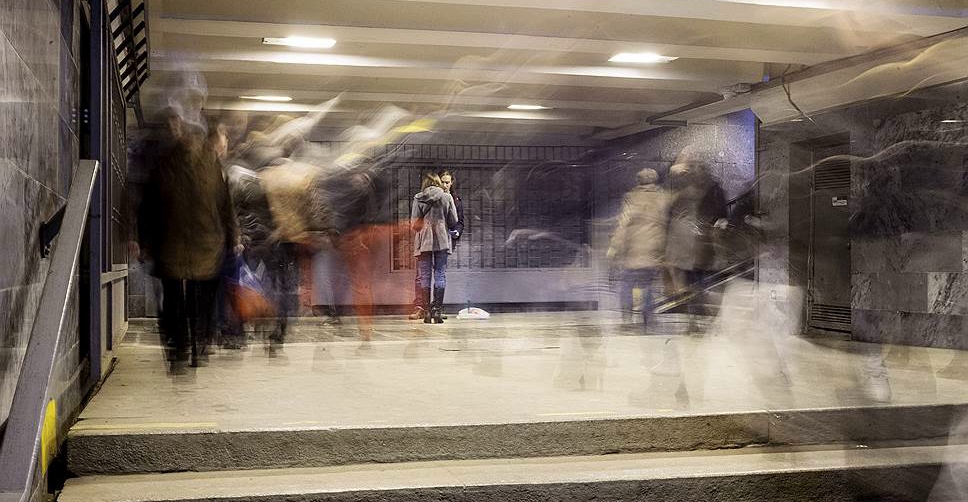 Alexander Pronin
Alexander Pronin
Alexander Pronin, Head of Architectural department of Metropolis, gave a comment to the Kommersant newspaper on the topic of underground construction in cities. According to urbanists, specialists in the development of large metropolitan areas, the integrated development of underground space is one of the ways to sustainable development of the city. The use of subsoil contributes to the compactness of cities and the creation of a favorable environment. However, this requires a well-formed strategy for the development of underground space.
Dig deeper
The lack of land in large Russian cities is one of the key urban planning problems. And one of the most effective ways to increase the territory is just the development of underground space. “Often the only way to solve complex urban problems in the historical centers, high building density and transport communications is the development of underground space. A good example of this approach is the Principality of Monaco, where all the main transport infrastructure is hidden underground,” says Alexander Pronin.
“If we consider the Russian experience, then the deterrent for the development of underground urbanism is not only the cost of construction, but also an overly strict regulatory framework that does not keep up with the times. In fact, for each such object, it is necessary to develop "Special Specifications", in fact - local standards for design, and coordinate them with state bodies, while often beautiful and bold architectural solutions become a victim of our regulatory framework," notes Alexander Pronin.
 Photo: Evgeny Pavlenko / Kommersant
Photo: Evgeny Pavlenko / Kommersant
Situation is changing
According to Mr. Pronin, despite the large capital investments at the present stage of development of construction equipment and technology, every year it becomes easier for architects to convince customers in Russia to expand and maximize the use of underground space. Nevertheless, in modern architecture, a trend has already clearly taken shape to use underground space not only for the usual functions. Increasingly, public spaces are placed there - and not only shopping centers, but also museums, and exhibition areas, and even housing. “It is especially interesting to evaluate student diplomas and competition projects, which always reflect the most modern and advanced ideas, both ours and foreign ones, where there has been a clear trend towards the use of multifunctional underground space,” says Alexander Pronin.
Read the full article on the Kommersant website.













